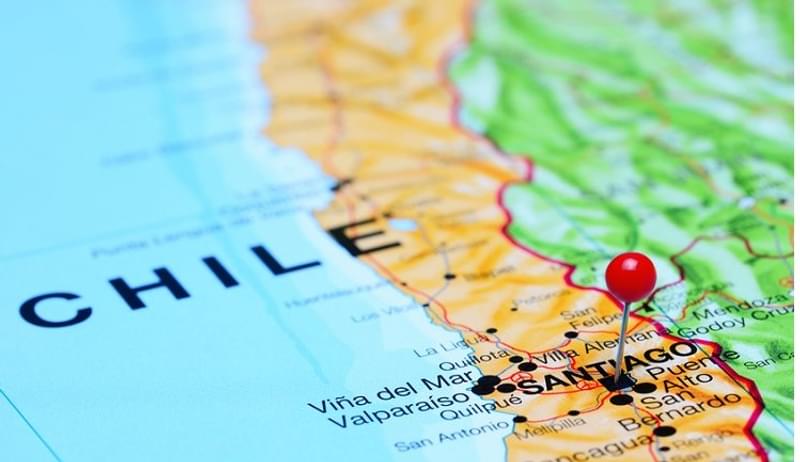Copper prices are expected to increase on expectations that there will be a decline in the output from Chile, according to Schildershoven Finance.
The price of copper has remained lower relative to other commodities. The commodity is currently trading at US$4,991 per metric tonne on the London Metal Exchange (LME), according to Bloomberg.
“Copper has not made a comeback in the same sense that other commodities have done because supply has been stronger this year than was expected,” said Caroline Bain, senior commodities economist at Capital Economics.
She added that typically, copper mines suffer a lot of disruption, and analysts usually factor in a ‘disruption allowance’ of up to 6% of total supply every year. “This year we have not seen disruption on the usual scale.”
This ‘lack of disruption’ has led to a ‘surprise’ on the supply side, or increase, as opposed to a jump in demand for the commodity, which has led copper to underperform versus other metals.
Bloomberg figures show that aluminium, zinc and tin prices have all risen notably from 5-year lows recorded in January this year, whilst copper prices have remained relatively flat since that time.
The decline in output from Chile, expected because of the fact that state-owned miner Codelco does not have the financial resources to maintain current production levels, is not likely to be reciprocated elsewhere.
Bain noted that other countries were rapidly increasing their copper production. “Peru is one prominent example. Production from the country is up around 15% this year.”
She added that as a result, a slowdown in output from Chile was unlikely to have an immediate impact on the commodity’s price.
Although copper exports, which account for 49% of total exports in Chile, are expected to slow, the investment outlook on the country is unlikely to change.
An EM portfolio manager commented that they prefer to hold Codelco’s and other Chilean utilities’ assets over those of the sovereign because of valuations.
“There is no reason to hold sovereign bonds, and we tend to hold the assets of Chilean companies – including Codelco – because the valuations are better there.”
As a result, Codelco could actually benefit from low copper prices. Whilst Chilean 10-year government bonds were recently yielding 4.26% according to Trading Economics, Codelco’s debt trades higher, with its 2019s having been launched at 7.50%.
“Chile is basically a developed economy,” continued the investor. “It is a very defensive play, and will underperform in the long-run.”
In addition, low copper prices are also unlikely to affect other Andean nations, particularly from an investment perspective.
“Peru is not much better, again because the valuations are not particularly attractive,” the portfolio manager concluded.









